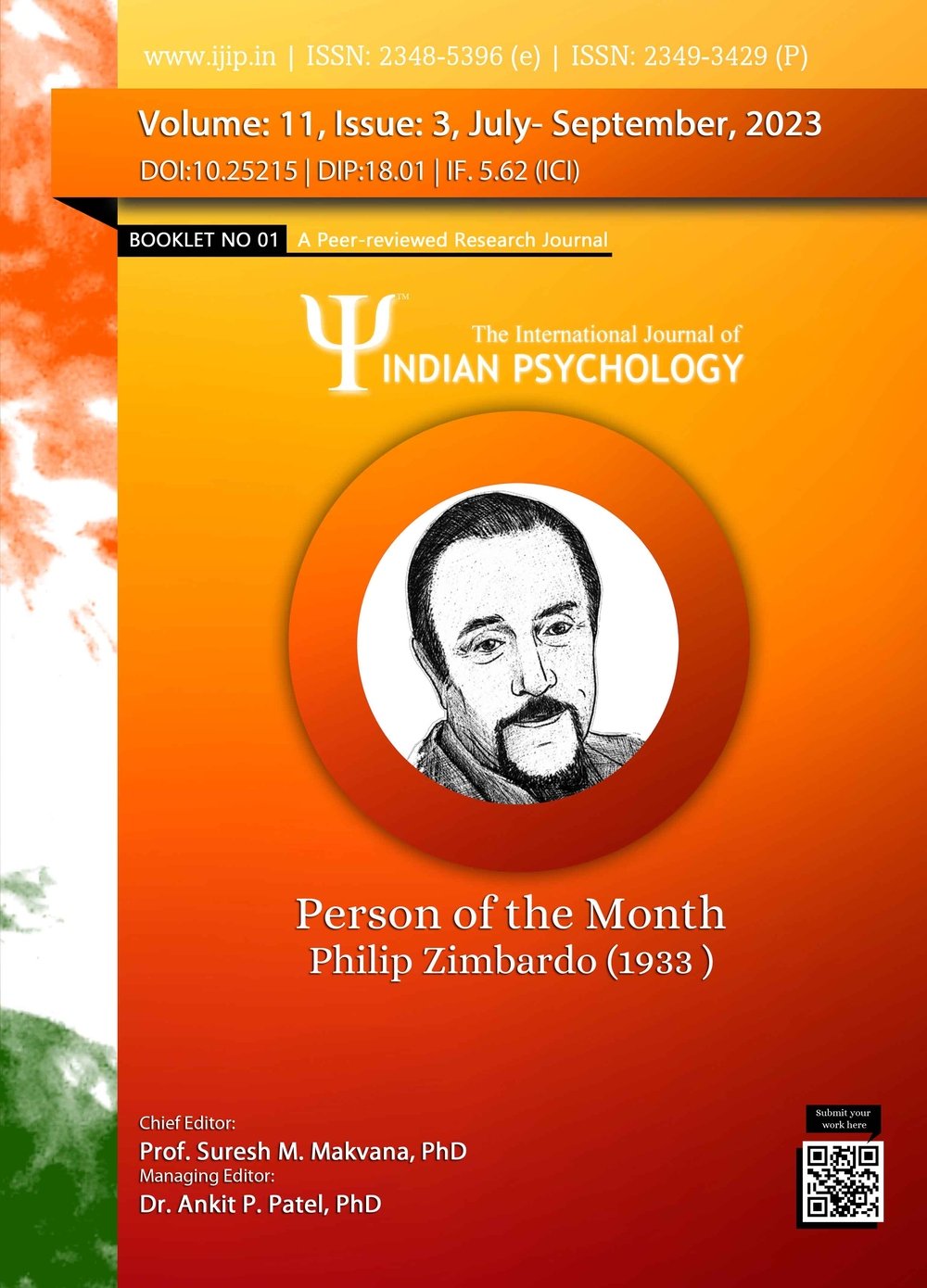The Montessori Approach to the Teaching – Learning Process
DOI:
https://doi.org/10.25215/1103.054Keywords:
Maria Montessori, Montessori Method, Education, Personalized Learning, Active Learning, Teaching-learning processAbstract
In order to build and apply knowledge and abilities, children in a Montessori classroom study and use a variety of distinctive construction and application methods. In the Montessori Method, children are seen as active participants in their own development, powerfully influenced by internal, natural, dynamic, self-correcting forces that pave the path for growth and learning. The children view their instructors as protectors and leaders. As for teaching aid, they rely on carefully planned, aesthetically pleasant, colourful, bright and attractive surroundings and objects. Montessori places a strong emphasis on individual learning, allowing children to develop into responsible global citizens and lifelong learners. Children in a Montessori classroom are placed in multipage classrooms that last three years, encouraging tight peer ties and continuity between adults and children. The present paper is an attempt to look into Montessori Method, its principles and learning environment. We have also tried to look into the dual role of the teacher and assessment pattern as given in the Montessori approach.Metrics
No metrics found.
Published
2022-11-05
How to Cite
Prof. Birbal Saha, & Anasuya Adhikari. (2022). The Montessori Approach to the Teaching – Learning Process. International Journal of Indian Psychȯlogy, 11(3). https://doi.org/10.25215/1103.054
Issue
Section
Articles


